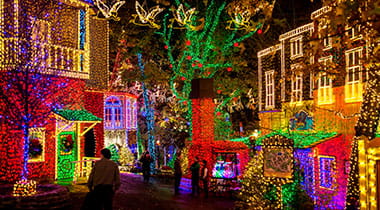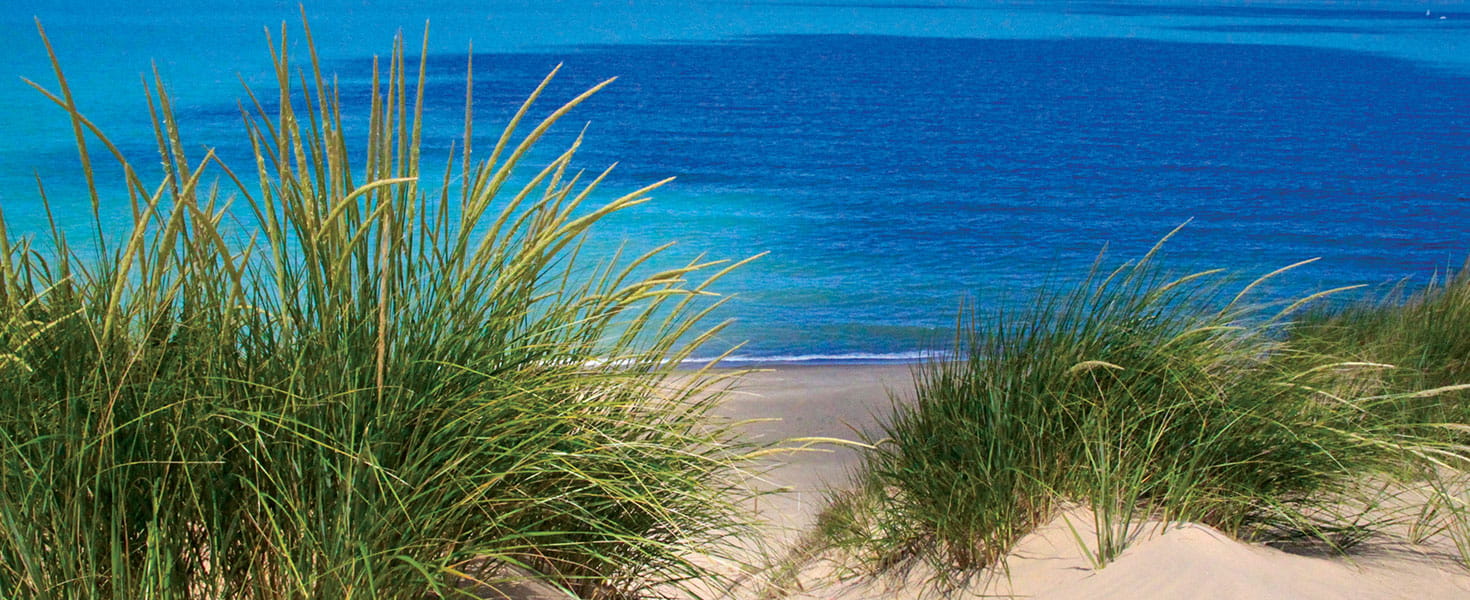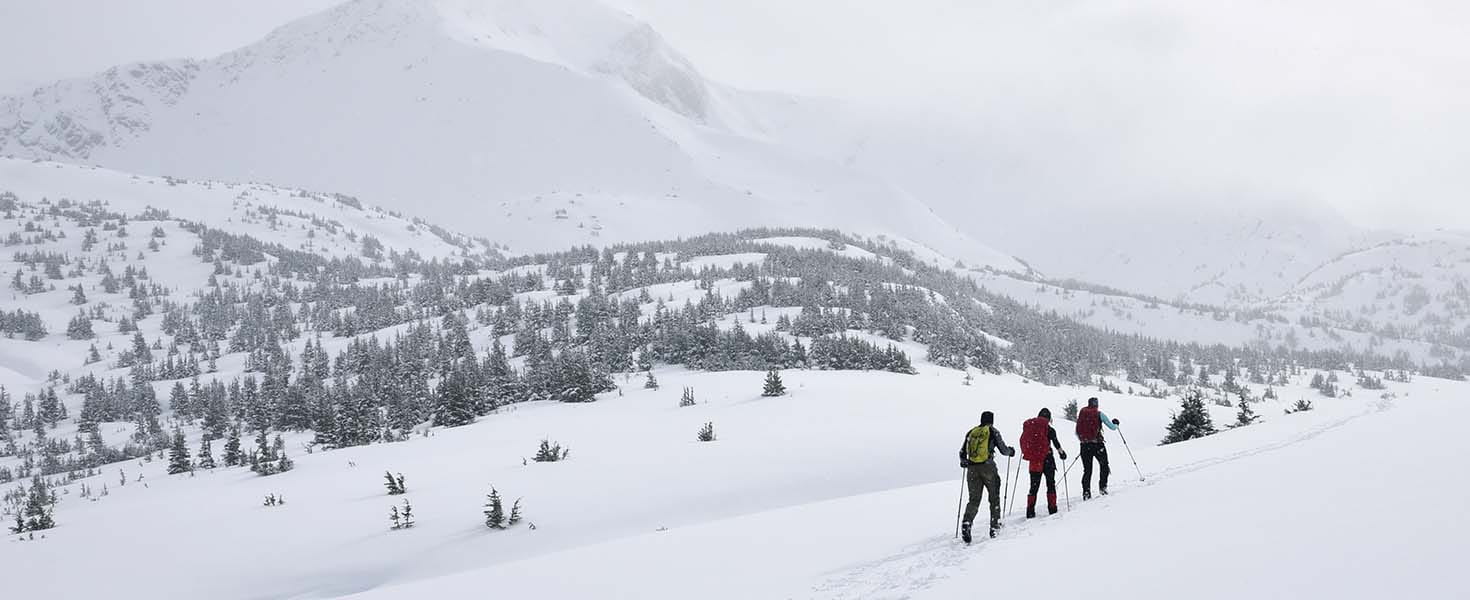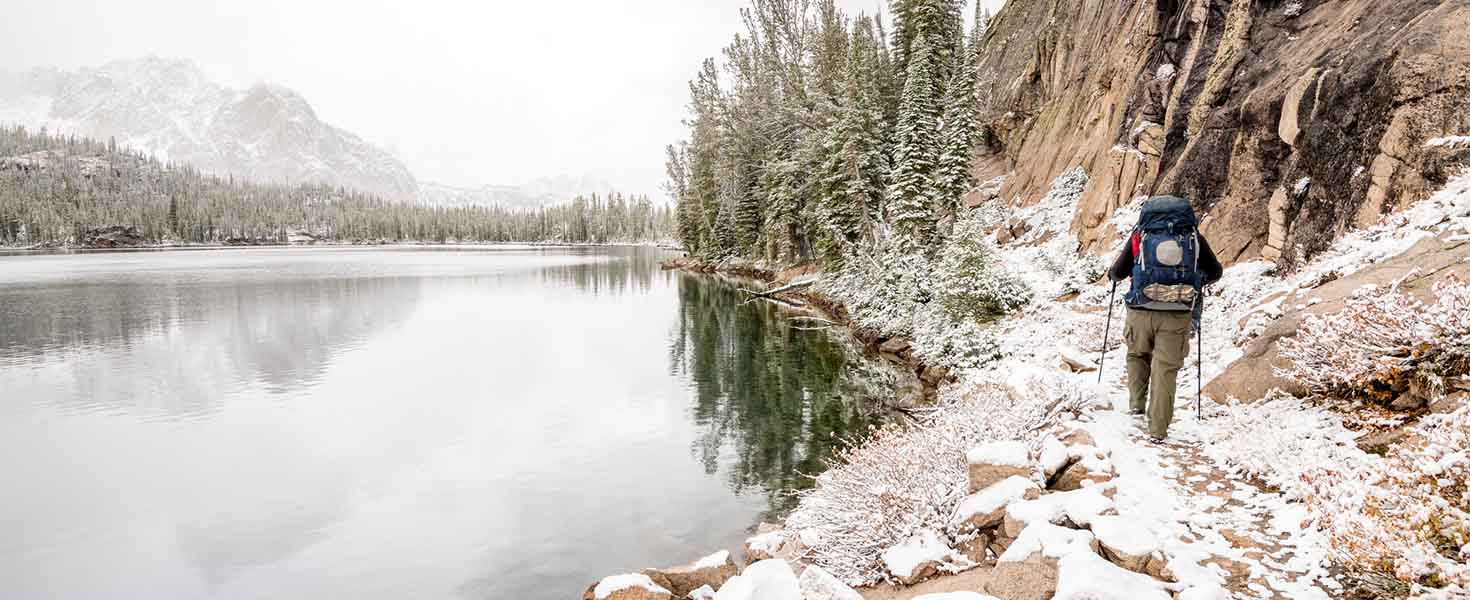I am counting deer from the passenger window when I realize my phone has gone silent. It hasn’t buzzed for miles—not since before we crossed West Virginia’s Greenbrier River and began winding up the icy road to Snowshoe Mountain, where my husband and I are going to enjoy some low-tech quality time.
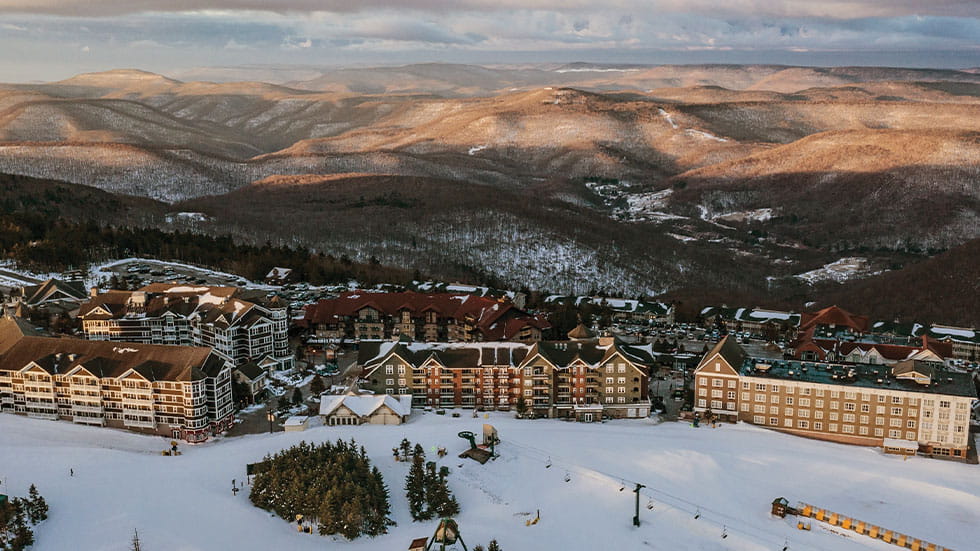
When it comes to digital detox, Snowshoe’s visitors don’t have a choice. The resort area is smack-dab in the center of the National Radio Quiet Zone, a 13,000-square-mile area of West Virginia, Virginia and Maryland where cell phone coverage and even Wi-Fi are limited to protect the sensitive equipment at the nearby Green Bank Observatory and Sugar Grove Station.
After we spend a comfortable night at the newly built Corduroy Lodge, frigid daybreak finds us on skis, gliding along trails framed by spruce trees whose snowy shrouds amplify the deep, tranquil quiet of the morning. We pass the afternoon chasing adrenaline on steep black diamond runs, marveling over how much this 4,848-foot Appalachian peak reminds us of far bigger Western slopes.
In fact, some years, West Virginia’s ski areas get more snow than legendary Colorado resorts like Telluride and Vail. It comes early, too. The unique topography of the Appalachian Mountains’ High Allegheny range means late autumn nor’easters get funneled into the hills and hollers. The ski lifts often start running in October, and what the peaks lack in elevation, they more than make up for with their long, meandering glades and cliff-face bombers.
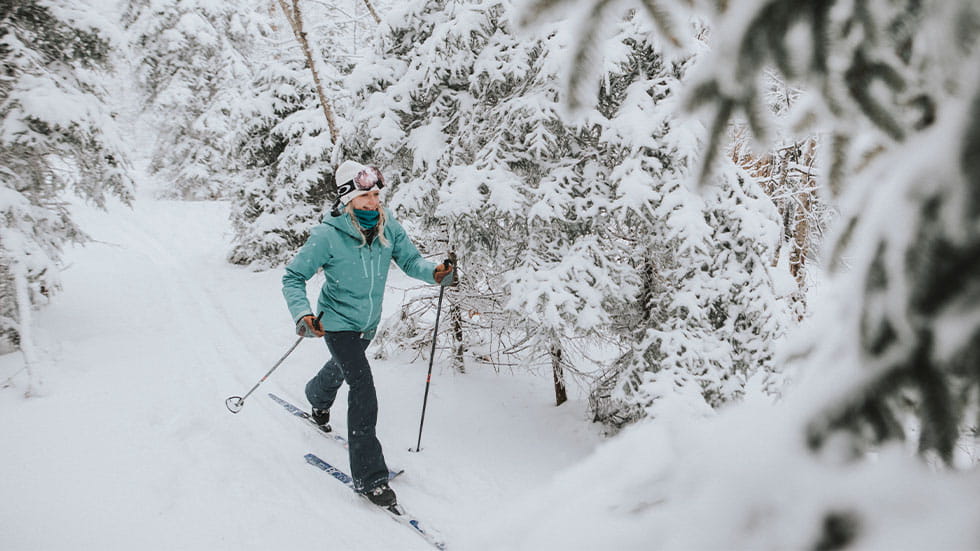
TUCKERED OUT IN TUCKER COUNTY
From Snowshoe, we drive north to the Canaan Valley and Cabin Mountain in Tucker County, where West Virginia’s snow sports culture was born. In 1950, members of the Ski Club of Washington, DC, looked down from a plane and spotted the slopes buried in snow. The next year, the club signed a 12-year lease for the Heitz Farm on Cabin Mountain and established Driftland, the first private ski operation south of the Mason–Dixon Line. Today, Cabin Mountain is home to Canaan Valley Resort State Park (with a well-appointed hotel and its own 47-trail ski area) and White Grass Ski Touring Center.
We duck into the lodge at White Grass just before lunchtime. The walls of the low-ceilinged building are papered with maps and posters, and a friendly dog lazes by the wood stove at the center of the room. Over bowls of chili, owner Chip Chase delivers a lesson on how he snow-farms: using fences to catch the snow as it blows around and creating huge drifts that he can move around White Grass’ 30-plus miles of cross-country skiing and snowshoeing track. The fun here is all people-powered, he says; there’s no lift to get you up the hill.
White Grass promises snowshoers and skiers willing to make the climb tranquility at any of a dozen warming huts, some of which have their own wood stoves and all of which have a constant supply of birdseed. Stand still enough, and black-capped chickadees will flit up to eat from your hand.
The next morning, just up the valley at Timberline Mountain, we step out of the lodge, rebuilt in 2020, and onto a high-speed chairlift that whisks us to the summit. To limber up, we come down on Salamander, the resort’s most popular trail. At 2 miles, it’s the longest run in the southeast and one of the most beautiful I’ve ever seen. We spend lift rides discussing how tiny-but-mighty Timberline has topped our list of all-time favorite ski slopes.
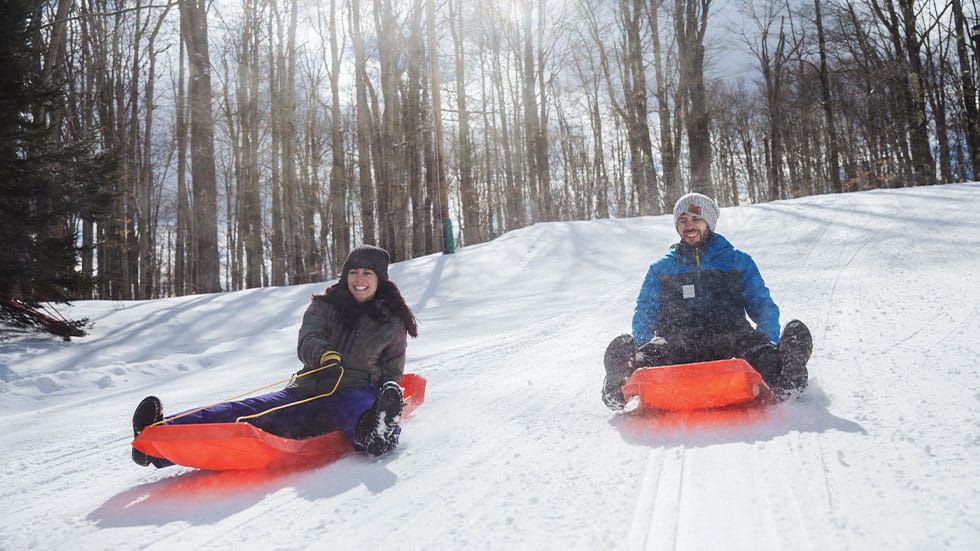
SMALL TOWNS WITH BIG OFFERINGS
Three days on skis have worn out our legs, and so we devote the next day to exploring Davis and Thomas, neighboring funky mountain hamlets. Unlike uniform “company towns” elsewhere in West Virginia, Thomas was built by its immigrant settlers, whose history is preserved in the main street’s hodgepodge of 20th-century building styles. The architecture has influences from Italy, Poland, Austria and even Russia.
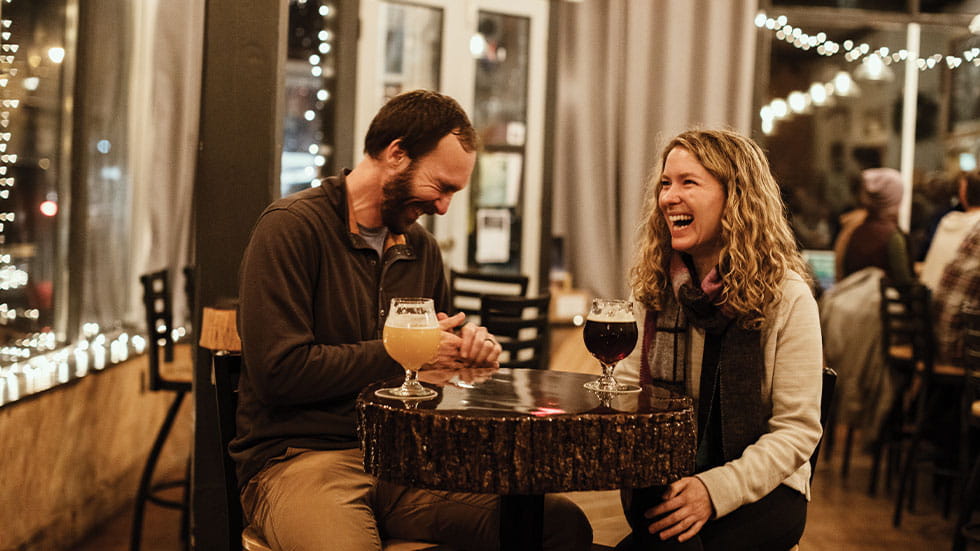 Local brewery Stumptown Ales; Photo courtesy of West Virginia Department of Tourism
Local brewery Stumptown Ales; Photo courtesy of West Virginia Department of Tourism
Convenient railroad access and a location on the Blackwater River made Davis one of West Virginia’s earliest timber boomtowns. A local brewery, Stumptown Ales, pays homage to that history. We choose the cleverly named “Porter? I Barley Knew Her!” for a winter nightcap.
In the morning, before heading for home, we step back into the wild at Blackwater Falls State Park, home to a quarter-mile groomed sledding hill (the longest on the East Coast) with a Magic Carpet conveyor.
We bypass that hill and instead pick our way carefully down an icy path to take in the eponymous falls and make a final stop at Pendleton Point Overlook. On the edge of Blackwater Canyon, its river a dark ribbon between ancient, frosted peaks, West Virginia offers me one last serene moment, and I know why they call it “almost heaven.”










